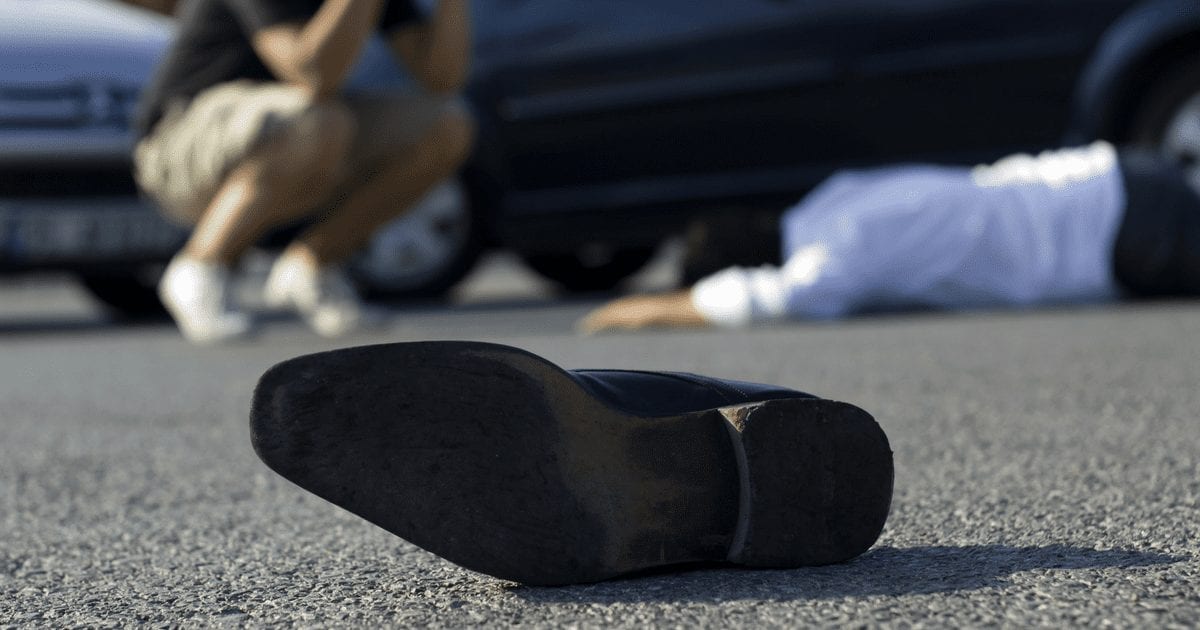An average of more than 60,000 pedestrians are hit by cars each year, according to the National Highway Traffic Safety Administration. You can suffer serious injury even when struck by a car going only 10 mph. So, you got into a pedestrian accident, here’s what’s to do next.
Florida is one of the deadliest states in the nation for pedestrian accidents. A total of 490 people were killed in pedestrian accidents in Florida during 2008, only California (620) reported more fatal traffic accidents involving pedestrians.
Here are some other sobering statistics about pedestrian accidents in the nation-at-large:
- A total of 4,378 pedestrians were killed in traffic accidents in 2008 – accounting for about 1 in every 7 traffic fatalities
- A total of 69,000 people were injured in pedestrian accidents in 2008
- On average, a pedestrian dies in a traffic accident every two hours
- A pedestrian is injured in an accident every 8 minutes
So, needless to say, it’s important to try and keep yourself safe while walking the streets, particularly in cities, where most pedestrian accidents occur. But, if you do still end up getting injured, there are some things you need to know.
What is the Burden Of Proof in Pedestrian Accidents?
In all injury cases, the victim is responsible for providing clear evidence of negligence. Negligence is a legal term that describes an action that a reasonable person in a similar situation wouldn’t have done. If someone’s negligence caused or contributed to an accident, they can be held liable for the costs.
The injury victim must prove four elements to legally establish negligence in a pedestrian crash case:
- The person at fault owed the victim a duty of care. This tenant of an injury case establishes that the negligent party was responsible for acting as safely as possible under the circumstances. If the person at fault is a driver, proof of this duty is contained in state traffic laws that require drivers to be capable and alert at all times.
- The person at fault breached the duty of care. Many actions that fail to uphold the duty of care constitutes negligence, such as driving distracted, speeding, ignoring traffic signs or signals, and driving while intoxicated.
- The at-fault party’s negligence caused the victim’s injuries. Negligence in itself isn’t enough to win a claim. The breach of care must have directly led to the injuries the pedestrian suffered. For example, texting at the time of the crash may be a direct cause, but sending a text three minutes before the accident is likely not a cause of the crash.
- The victim suffered actual harm. Victims must provide evidence of the economic losses they suffered as a result of their injuries, such as financial hardship, increased medical bills, permanent disability, and other costs.

What is the Liability In Pedestrian Injury Cases?
The legal process for proving negligence can go a long way to determining who’s at fault for the accident. In the majority of cases, pedestrians file injury claims against the driver of the car that struck them. However, there are many other parties who could have played a role in the accident, including:
- The local municipality. In some cases, a city government may share responsibility for a crash. Public entities may be liable for accidents involving poorly-placed crosswalks, malfunctioning traffic control devices, ineffective sidewalk or parking lot maintenance, and other safety hazards.
- A product manufacturer. You may be able to file a product liability claim if a malfunctioning device caused you to veer into the path of oncoming traffic, such as a scooter or skateboard.
- Insurance companies. Victims often rely on their insurance providers to pay for medical bills after a pedestrian accident. As Florida is a no-fault insurance state, the pedestrian may exhaust his or her policy and pursue a claim on the driver’s insurance policy. These claims are often met with resistance and may require a lawsuit to get proper compensation.
- Another person or entity. A pedestrian usually doesn’t have a right to enter the street outside of a crosswalk. If someone was struck because he or she couldn’t use the crosswalk, the case may name additional parties that made safe sidewalk travel impossible. For example, you may take action against a driver or passing cyclist that forced you off the curb, a restaurant owner whose tables blocked the sidewalk and forced you to walk in the road, or a construction company that didn’t reroute pedestrian traffic during road repairs.
- The pedestrian. Pedestrians who contribute in some way to their injuries may be assigned a portion of negligence. In Florida, victims can share negligence and still win the injury case, but their damages will be reduced by their percentage of blame for the crash.

Experienced St. Petersburg Pedestrian Accident Attorney Protects Your Rights
If you’ve been injured in a pedestrian accident, you need to contact the St.Petersburg pedestrian accident attorneys at Marsalisi Law for a free consultation today!







